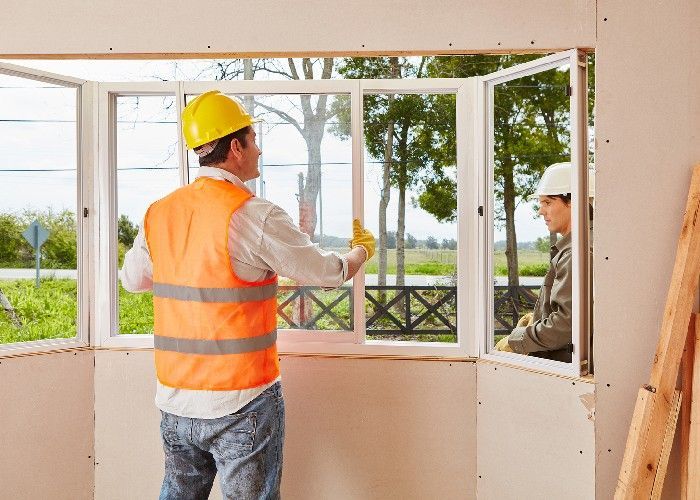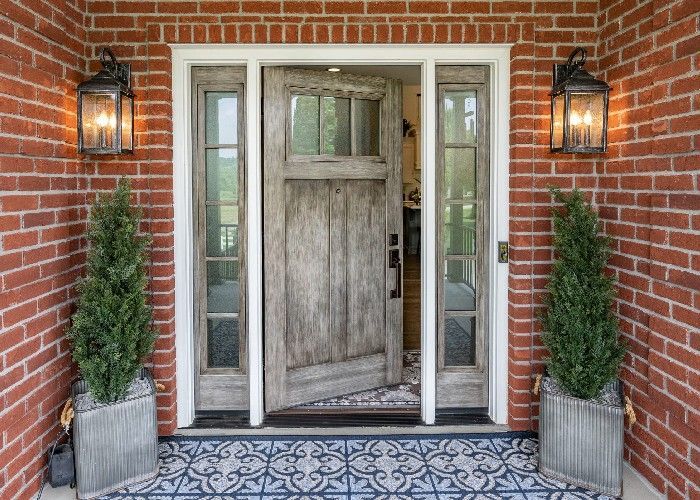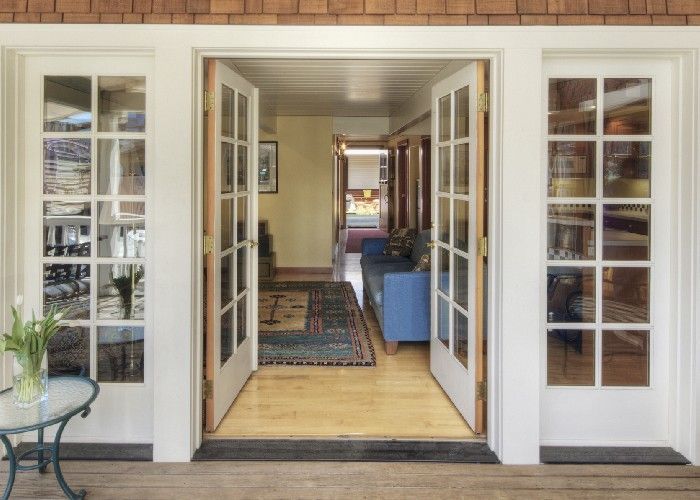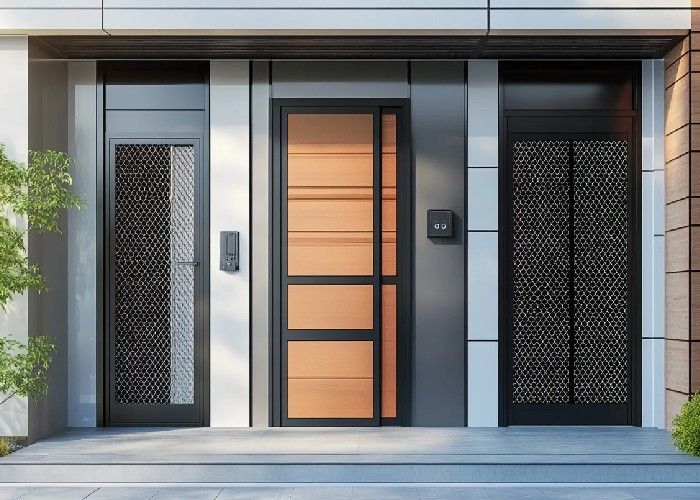When comparing energy efficient windows, the number that matters is its U-Factor. Knowing what the U-Factor means will give you a huge advantage when comparing energy efficient windows for your home.
If I offered you 15 million tokens to buy your house from you, the first thing you’d probably ask is, “how much is 15 million tokens worth in dollars? It’s the same with a U-Factor. If I tell you my window has a U-Factor of .22 that number means nothing to you until you understand what a U-Factor is.
What’s the Value of “U”?
For starters, a U-Factor measures how well a product can keep heat from escaping from the inside of a room. A lower U-Factor is better than a high one because lower numbers mean that a particular product is allowing heat to transfer at a lower rate. Heat is always active and will escape or enter your home regardless of how well your windows are insulated.
You may have heard of “R-Values”. With an R-Value the higher this number the better. R-Values apply to fiberglass or foam insulation and other types of home insulation for walls, floors, or attics.
Known officially as thermal transmittance, U-Factor is more of an engineering term used to designate the thermal performance of a system as opposed to that of a homogeneous material. U-Factor thus has been used traditionally to express the thermal efficiency of windows, which, unlike wall insulation, are complex assemblies of components.
To understand their value, think of the U-Factor is the inverse of R-Value. As the R-value goes up, the U-value goes down, and vice-versa. However, it is actually more complicated than that.
Since R-Values measure how well solid materials insulate heat you can’t apply them to glass. Glass in windows is designed to see through and open and no matter how well it is insulated it will allow heat to escape. In order to understand how well a window is insulated we have to understand how well it does at slowing heat down, NOT keeping it in like we would want to know with an R-Value. That’s why a U-Factor is the inverse, or opposite, of an R-Value.
So, to keep the math easy…
· A window with a .33 U-Factor has an insulation value equivalent to an R-Value of 3.
· A window with a .25 U-Factor has an insulation value equivalent to an R-value of 4.
Putting It Into Perspective:
R-Value is linear, U-Factor is divergent. So, the closer the U-factor approaches zero the more significant the efficiently gains become.
Example: U-1 is equal to R-1. In order to increase the R-value a single point to an R-2 we have to cut the U-Factor in half to U-.50. Reaching a U-Factor of zero would be equivalent to R- ∞ [Infinity] which of course is not even remotely possible. The take-away here is, once you start getting into efficient ratings that approach a U-Factor of around .25 or lower, every hundredth of a point less, increasingly indicates great gains in efficiently.
To sum up, lower U-Factor means a lower rate of heat transference. The lower the U-Factor, the better the insulation of the window. U-Factor rather than R-Values are used when considering windows because they’re more accurate for determining how much heat will be transmitted through a window from either direction.
Fortunately, The National Fenestration Rating Council, or NFRC has taken the guesswork out of choosing the most efficient window for your home. NFRC-certified products are independently tested, certified, and labeled to help you make the best purchase decision for your needs.
While the ENERGY STAR label tells you if a product is energy-efficient, the NFRC label helps you compare between energy-efficient products by breaking down a product’s energy performance.
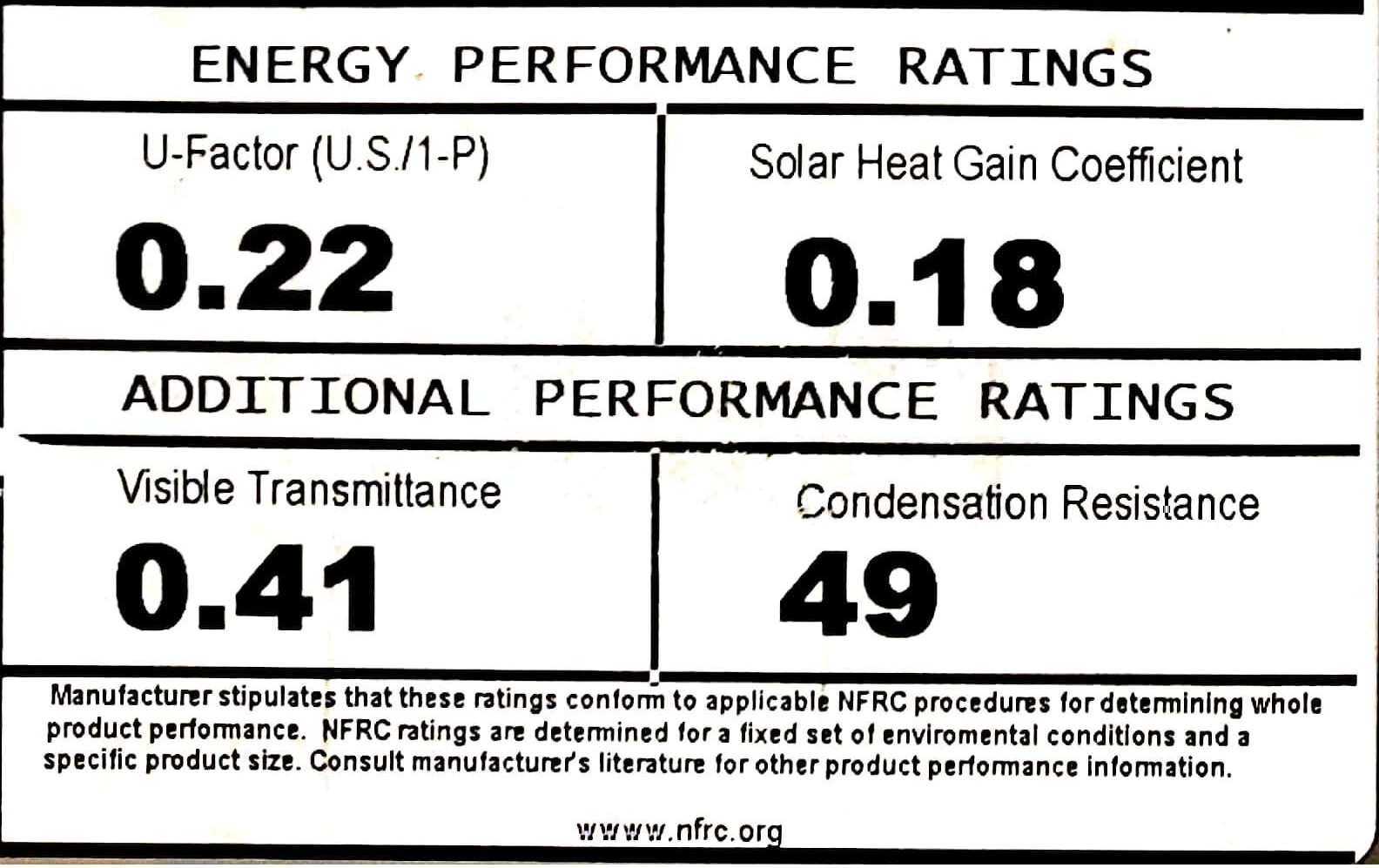
| Rating: | What It Means: | Look For: |
|---|---|---|
| U-Factor | Measures how well a product can keep heat from escaping from an inside of a room. The lower the number, the better a product is at keeping heat in | Low Numbers |
| Solar Heat Gain Coefficient: | Measures how well a product can resist unwanted heat gain, which is especially important during the summer cooling season. The lower the number, the less you will spend on cooling! | Low Numbers |
| Visible Trasnmittance: | Measures how well a product is designed to effectively light your home with daylight, potentially saving you money on artificial lighting. The higher the number, the more natural light is let in. | High Numbers |
| Condensation Resistance | Measures the potential formation of condensation on the inside of a window. The higher the number, the better a product is at resisting condensation. | High Numbers |

